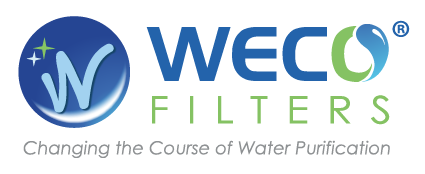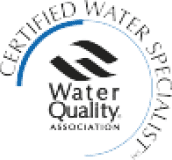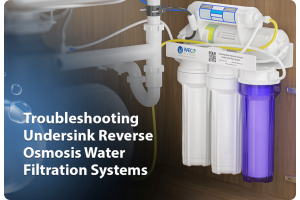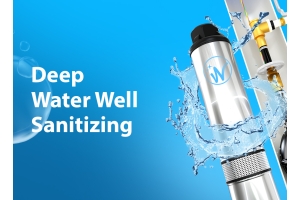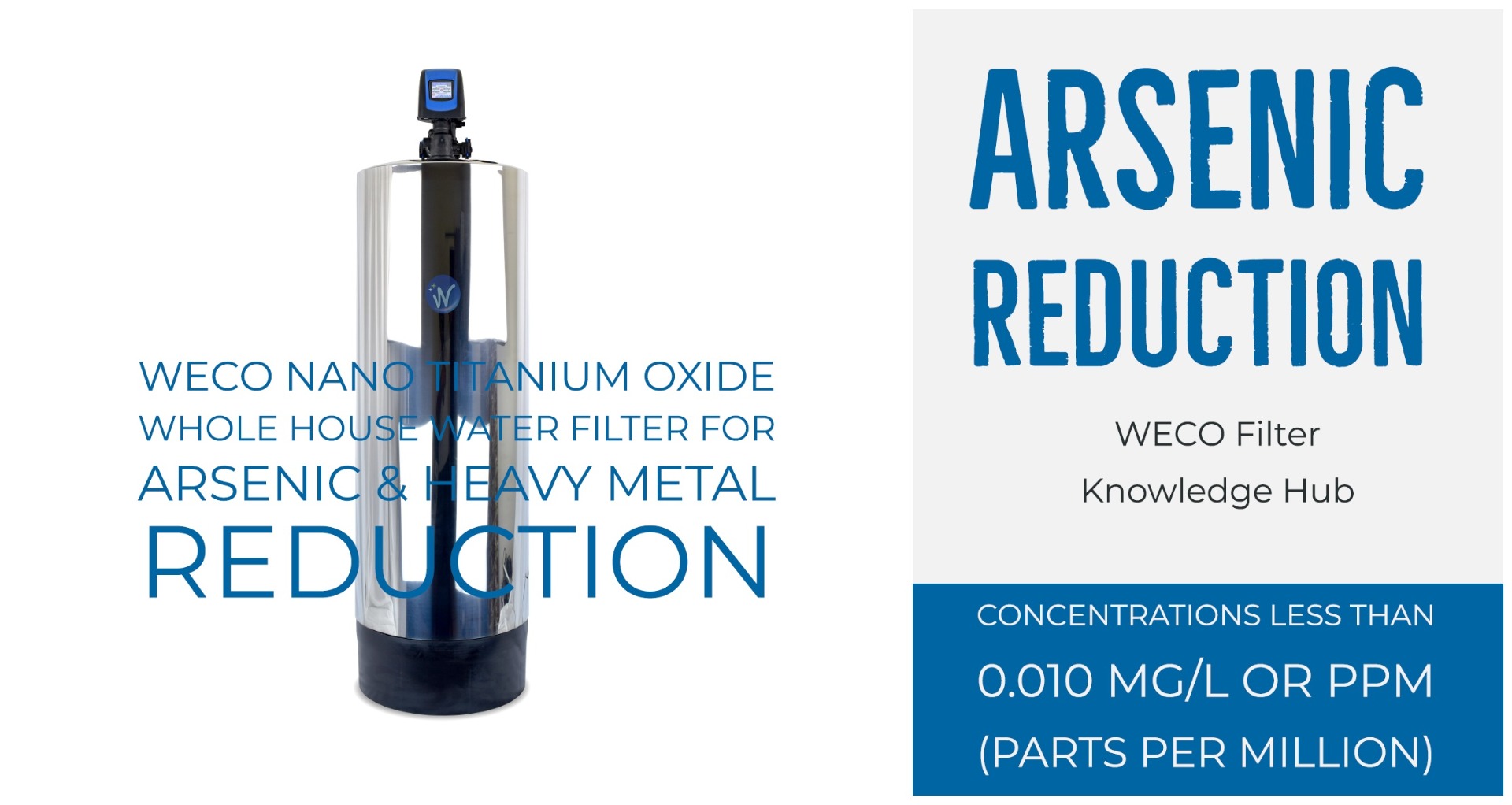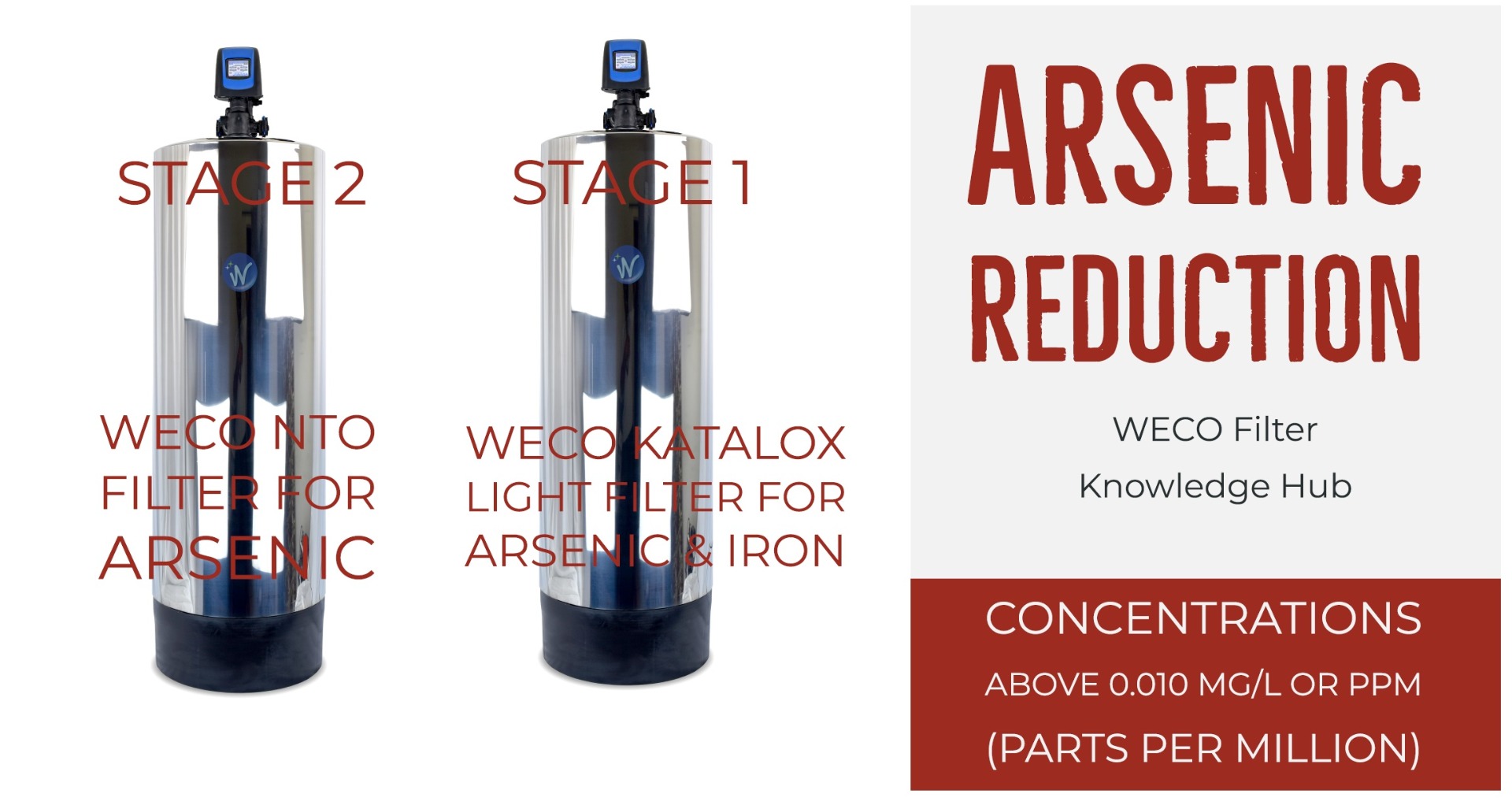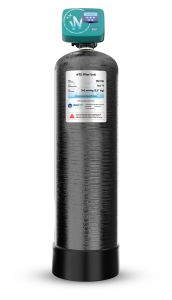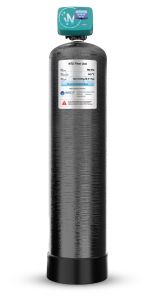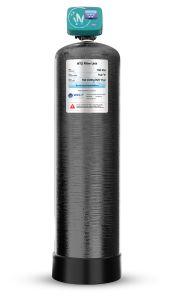Installing a Backwashing Arsenic Filter
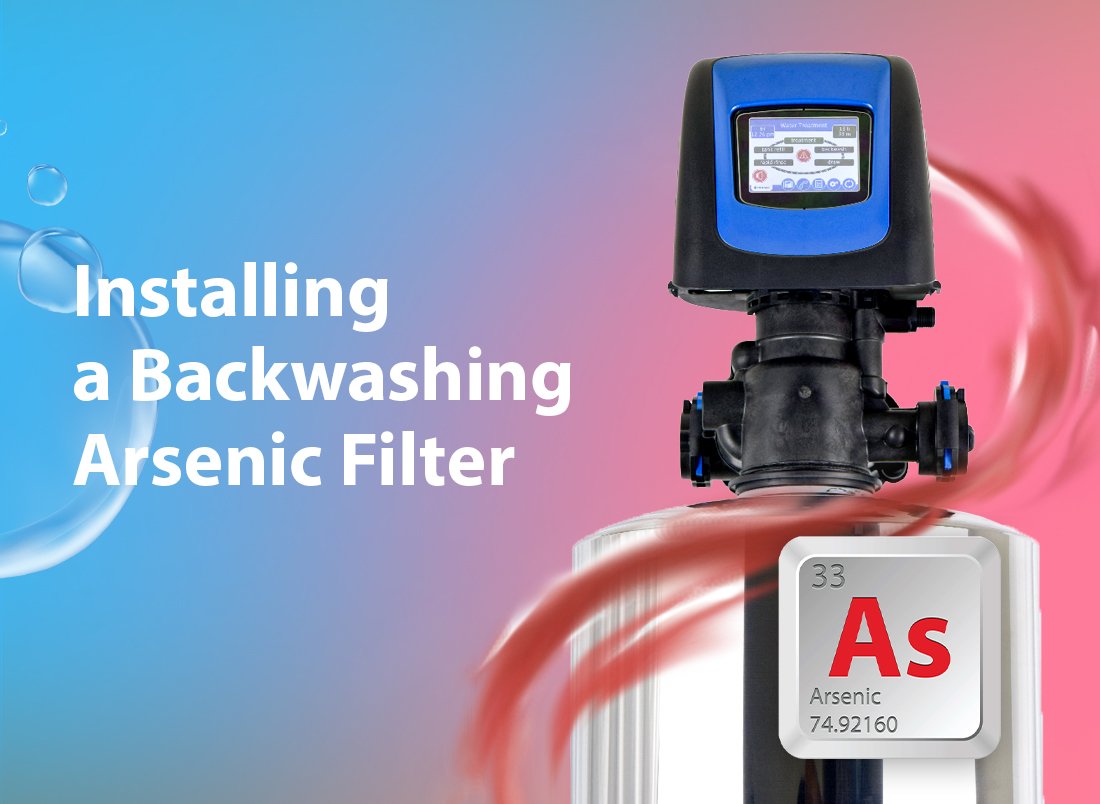
Installing a Backwashing Arsenic Filter
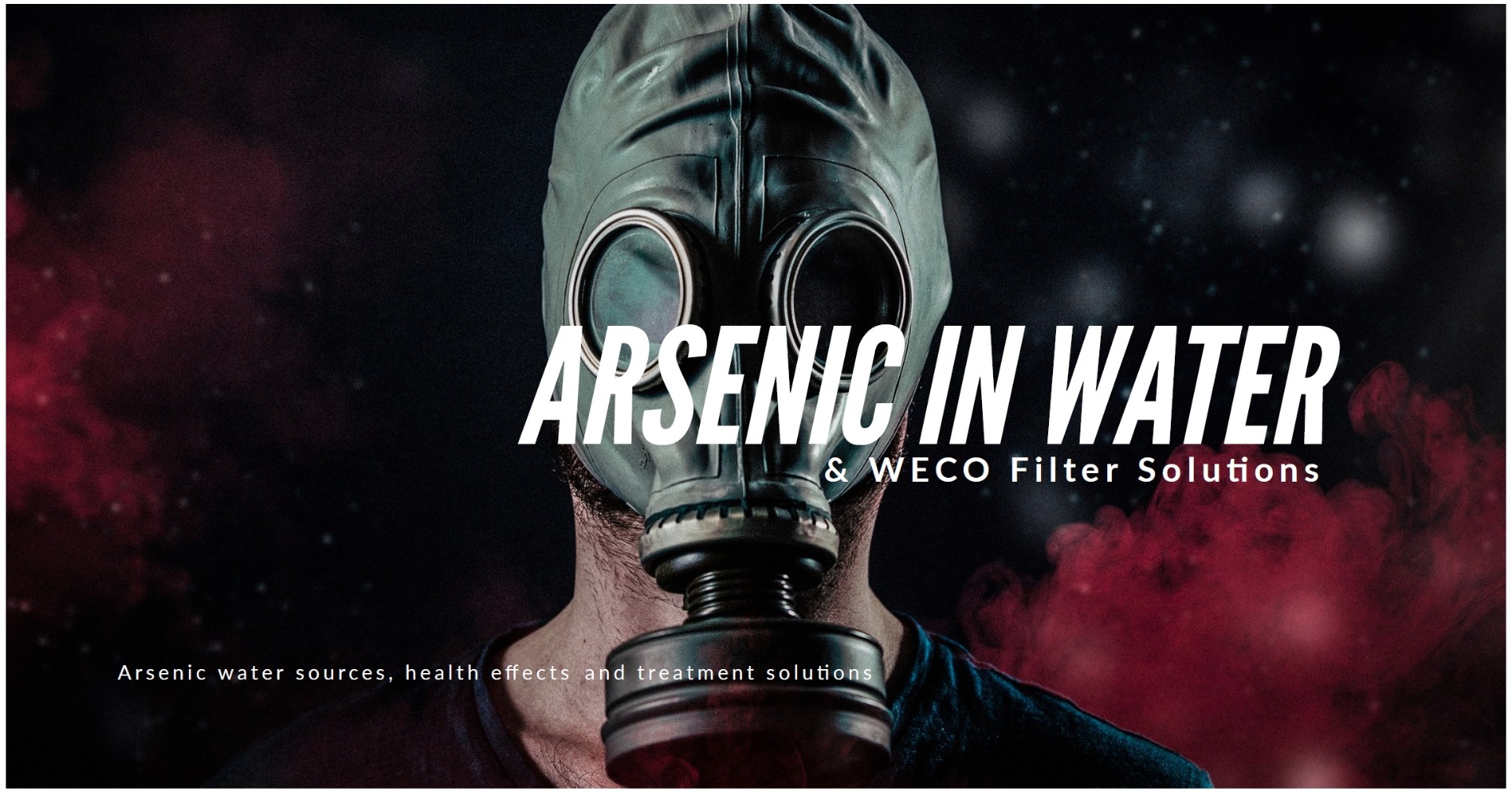
Arsenic (As) is a part of the earth’s crust, occurring naturally in soil and rock. Arsenic can dissolve into groundwater, the primary source of drinking water for many Americans. Some industries in the United States release thousands of pounds of arsenic into the environment each year. Airborne arsenic is washed from the air by rain, snow, and gradual settling. Once it is on the ground or in surface water, arsenic can slowly leach into ground water. High arsenic levels in private wells may also come from certain arsenic containing pesticides used in the past or from old industrial waste dumps. Arsenic remains in the environment for a long time. Until January 2004, arsenic-based wood preservatives were used to treat some wooden foundations, decks, and children’s play structures.
How can I tell if my well contains arsenic?
Even in high concentrations, arsenic has no smell, taste, or color when dissolved in water. The only way to know is with a laboratory analysis of your water supply. Each state’s Department of Health has a list of certified water analysis laboratories that are approved for testing arsenic. Inexpensive test at home kits are also available and have been proven to be accurate and dependable.
Are there any regulations for arsenic in water?
Municipal water supplies must test for arsenic. The current drinking water standard or Maximum Contaminant Level (MCL) set by the U.S. Environmental Protection Agency (EPA) is 0.010 mg/L or parts per million (ppm). This is equivalent to 10 ug/L (micrograms per liter) or 10 ppb. In 2001, the U.S. Environmental Protection Agency (EPA) reduced the regulatory MCL from 50 ppb to 10 ppb on the basis of bladder and lung cancer risks. The MCL is based on the average individual consuming 2 liters of water per day. Long term exposure to drinking water containing higher levels of arsenic increases the chances of getting cancer.
What are the health concerns from drinking contaminated water?
Arsenic ingestion has both long-term and acute (short-term) health effects. The acute effects are nausea, vomiting, cardiovascular troubles and neurological issues like numbness or burning sensations in the hands and feet. A decrease in the production of red and white blood cells leads to fatigue. Long-term ingestion can cause changes in skin coloration and small corn-like growths that can develop especially on the palms of the hand and soles of the feet. Chronic exposure to arsenic contaminated water has also been associated with an increase in lung, skin, and bladder cancer. Newer evidence suggests that long-term exposure to arsenic increases the risk of prostate cancer. The health risks are determined by these factors:
- The concentration of arsenic in the water
- The amount of water consumed each day
- Sensitivity to arsenic
Source: Human Rights Watch
What type of water filter do I need to remove arsenic?
Arsenic concentrations below 10 ppb can use Nano Titanium Oxide based backwashing filter systems
Arsenic concentrations above 10 ppb must use Nano Titanium Oxide combined with Katalox Light or other treatment technology for redundant system design
1. Read the installation instructions that came with the filter. It will give you an idea of what you’ll need to connect the backwashing filter to the main water supply. Installation is a DIY project but a plumber is recommended if you are unfamiliar with plumbing practices.
2. Select the right location. Ideally, you’ll be able to locate the filter near the incoming water source. Note that the backwashing action of the filter requires a drain line. The drain should not be more than 30 feet away from the filter. The drain line will not work properly if elevated more than 8 feet above the floor. The filter’s monitoring and backwashing controller requires a 110- volt outlet to power the 12-volt transformer.
3. Turn off the main water supply.
4. Turn off power to the water heater at the breaker box.
5. Relieve the water pressure by draining water from the plumbing system. Open sink valves and outdoor hose connections to empty the pipes of water.
6. Measure, cut and install copper pipe to join the incoming cold-water line to the by-pass valve (optional). You’ll need to solder the correct fittings to the copper lines to route the incoming water line to the bypass valve. If no by-pass valve is used, connect directly to the filter controller.
7. Attach the bypass valve to the controller on top of the backwashing filter.
8. Install the drain line according to the manufacturer’s instructions.
9. Turn on the main water supply then turn on the water heater.
10. Put the bypass valve in the service position so water will flow into the filter.
11. Plug in the digital controller’s power supply. Follow the manufacturer’s instructions for setting up the digital controller.
12. Run the filter through a backwash cycle to flush the system of any filter media fines.
13. Check for leaks and tighten fittings if necessary.
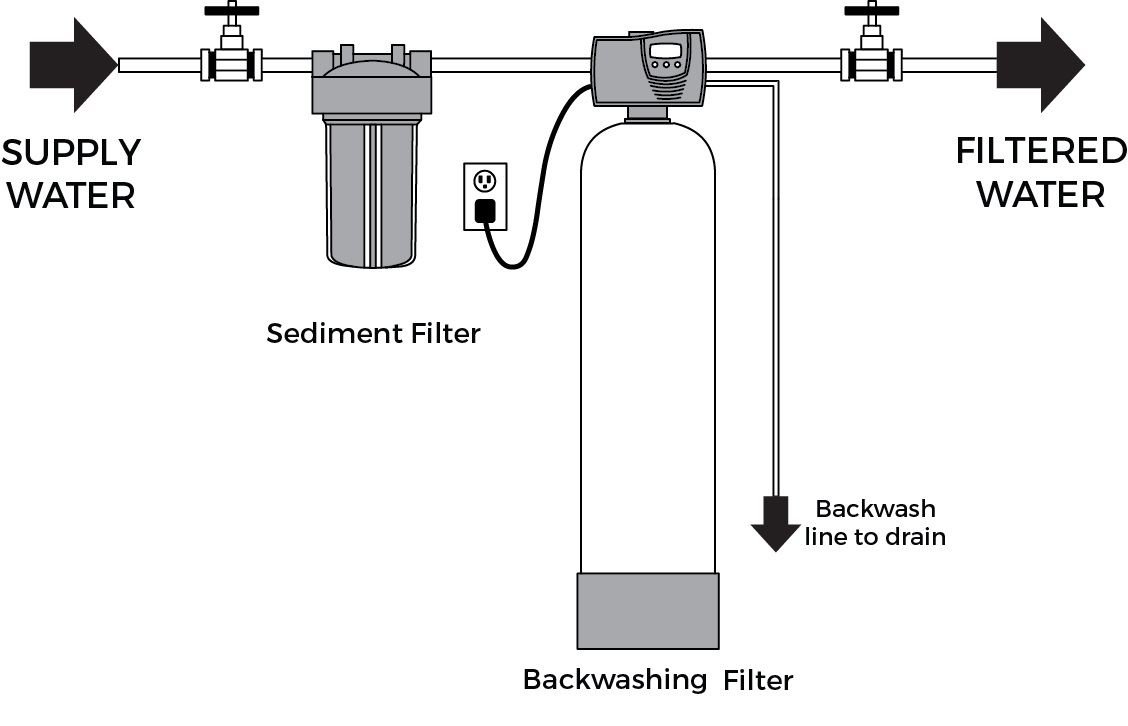
The WECO difference
While other water filter sellers take a generic one size fits all approach to filtration, this often leads to poor water filtration and costly corrective measures. WECO manufactures a variety of water purification systems designed to fit perfectly with each customer’s unique needs. WECO technical support and sales staff are here to help you select the right solution to your filtration needs. Our friendly staff are here to help. Just give us a call and we’ll explain all your options to protect against Arsenic and other water purification concerns.
References:
- “Arsenic Facts.” Water Quality Association, Knowledge Base Administration, www.wqa.org
- “Iron Water.” Water Quality Association, Knowledge Base Administration, www.wqa.org.
- “Considerations for Treating Arsenic Contamination.” Water Quality Association, Knowledge Base Administration, www.wqa.org.
- “Anions (Inorganic) - Removal with Anion Exchange.” Water Quality Association, Knowledge Base Administration, www.wqa.org.
